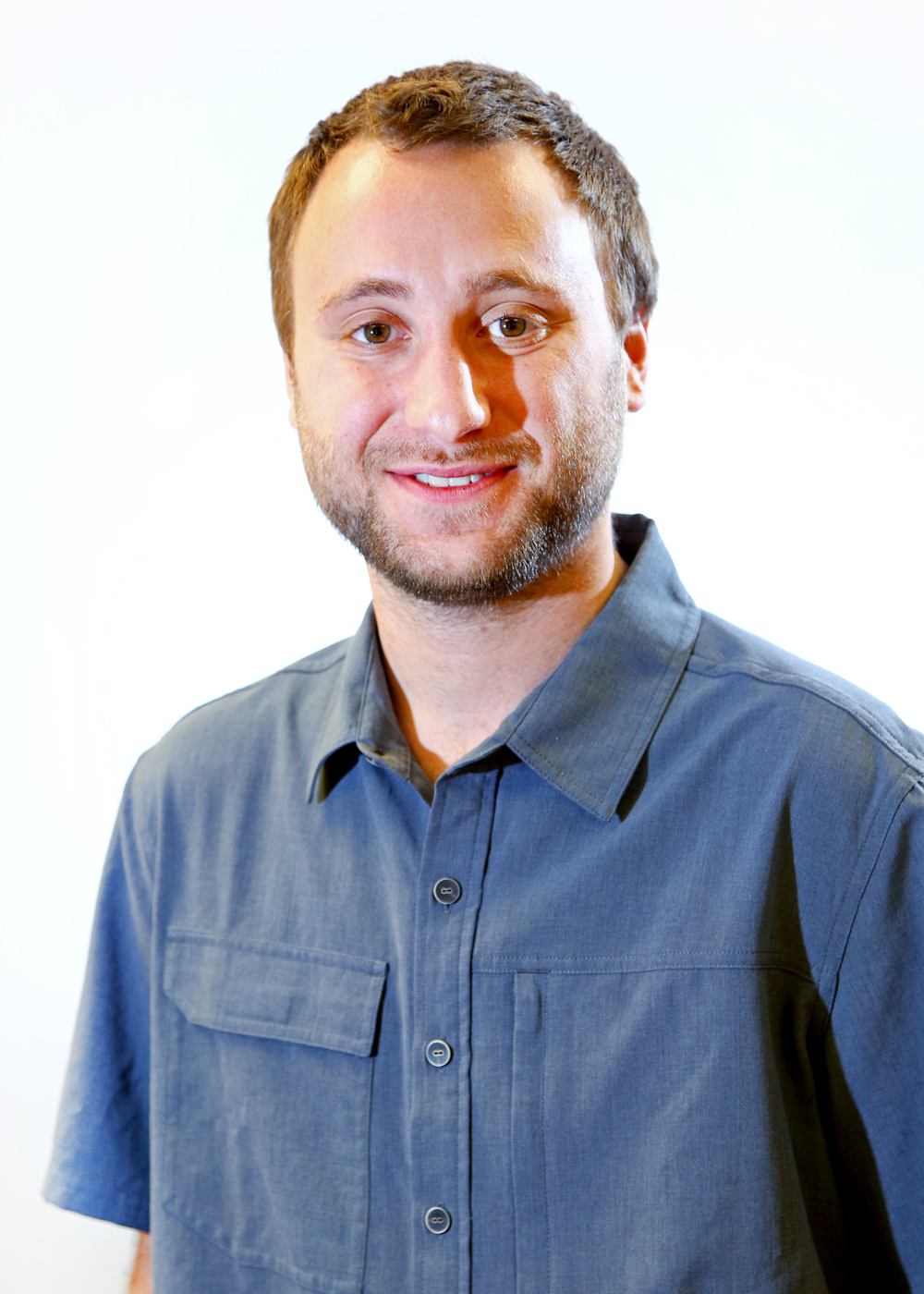 Silly Putty World
Silly Putty World
Cameron Meyers
“Relax, the Earth takes millions of years to do what you do in a week,” an advisor once told my research group on a day of failed experiments and mechanical breakdowns. In our lab, we squish, twist and stretch solid crystalline rocks, Silly Putty-like, at the high temperatures and pressures found several kilometers underground. We measure deformation conditions and material response. With theoretical models, we can extrapolate our results to large-scale geological processes like mountain building or the movement of Earth’s tectonic plates.
These processes, of course, occur on space and time scales far outside the laboratory’s realm. Rock deformation experiments are limited to spatial scales of several millimeters, rather than kilometers. Typically, they are conducted at rates 5 to 10 orders of magnitude faster than those found in natural settings. That means we complete experiments in hours or days, rather than millions of years. As my advisor likes to joke, these are time scales untenable for grant applications. It is not possible – and not our goal – to replicate nature. Extrapolation to untestable scales is fundamental to the field of rock mechanics and requires that we rely on the physics underlying Earth’s mechanical behavior. In the lab, we take this to the atomic scale, inferring the rate at which dislocations – strings of atoms out of place in their crystal lattice – move through grains. Over time, this contributes to changes in the bulk rock’s shape. And yet, even with the high precision of our measurements, we struggle to address the complex questions in front of us: How do we model – how do we predict – how rocks flow deep beneath Earth’s surface?
This is where the science lies. This is the part that requires creativity. My research aims to understand the mechanics of flow in the Earth’s mantle. But the substances I test are similar to engineering materials designed to resist failure under extreme conditions like high temperatures and pressures or large mechanical loads. This means the fundamental scientific questions I address are the same as those engineers face when describing the mechanics of material failures. For example, the mechanical models that describe flow in the Earth can help understand how a ceramic component failed in an extreme engineering application.
I believe scientists working in disparate fields, like engineering and Earth sciences, should inspire each other’s approaches. Often, parallel methods can help understand fundamentally similar questions. For example, some applied problems, including those surrounding nuclear stockpile stewardship, are fundamentally untestable and are consequently best understood through extrapolation. We must learn from data acquired at small scales, similar to rock deformation methods.
In attempting to test the unknowable, the unreachable, we push the boundaries of our understanding. In attempting to apply materials science to Earth’s deformation, we push our understanding of the physics that underlies complex crystalline materials. Through interdisciplinary collaboration, I hope to expand our knowledge of materials at all scales and applications.
